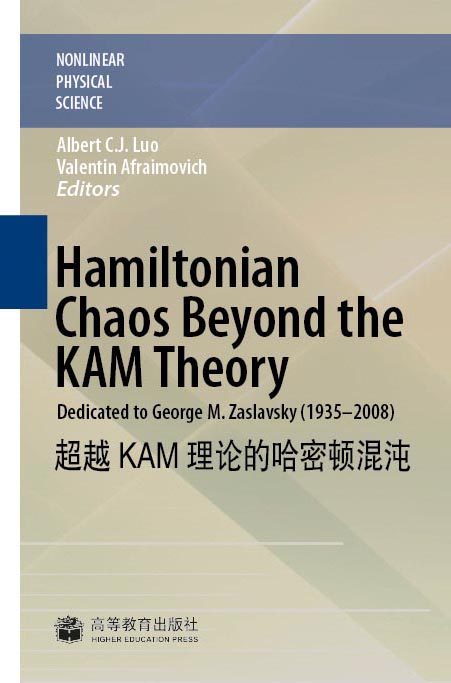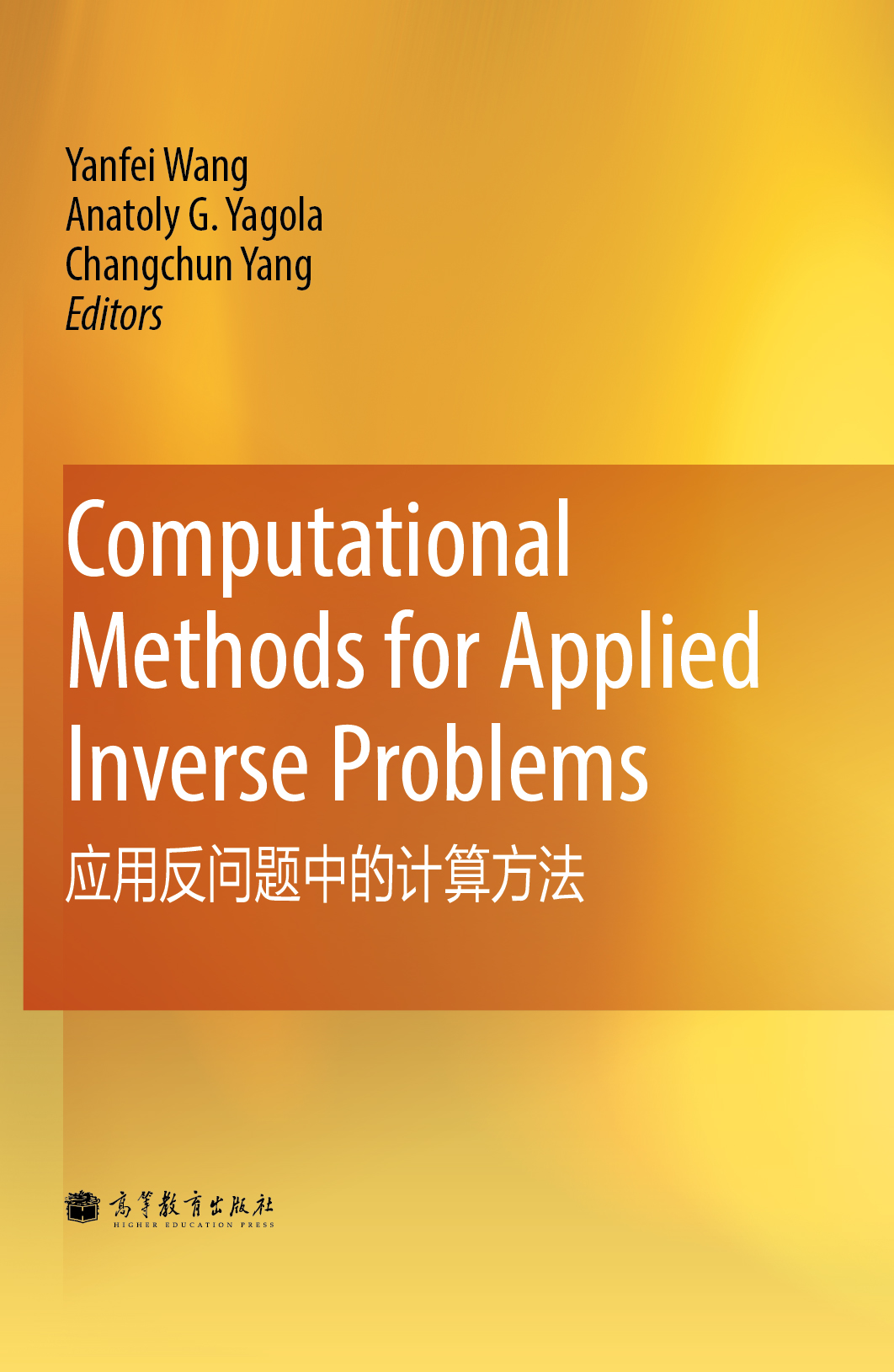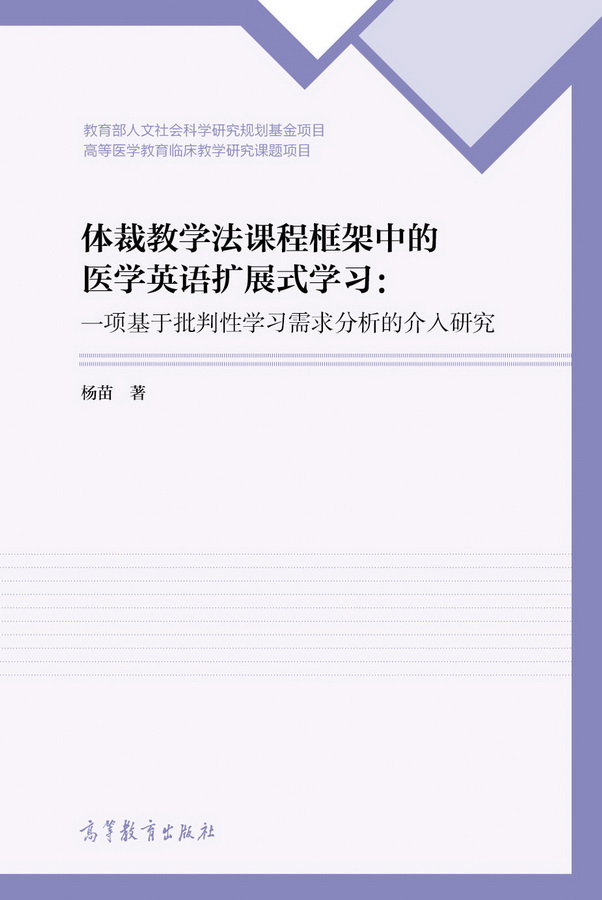精算学——理论与方法 (英文版)
作者: 尚汉冀 主编
出版时间:2006-04-24
出版社:高等教育出版社
- 高等教育出版社
- 9787040192322
- 1
- 247276
- 精装
- 特殊
- 2006-04-24
- 320
- 266
Since actuarial educ ation was introduced into China in 1980s, more and more attention have been paid to the theoretical and practical research of actuarial science in China.
In 1998, the National Natural Science Foundation of China approved a 1 million Yuan RMB financial support to a key project 《Insurance Information Processing and Actuarial Mathematics Theory & Methodology》(project 19831020), which is the first key project on actuarial science supported by the government of China. From 1999 to 2003, professors and experts from Fudan University, Peking University, Institute of Software of Academia Sinica, East China Normal University, Shanghai University of Finance and Economics, Shanghai University and Jinan University worked together for this project, and achieved important successes in their research work. In a sense, this book is a summation of what they had achieved.
The book consists of seven chapters. CChapter 1 mainly presents the major results about ruin probabilities, the distribution of surplus before and after ruin for a compound Poisson model with a constant premium rate and a constant interest rate. This chapter also gives asymptotic formulas of the low and upper bounds for the distribution of the surplus immediately after ruin under subexponential claims.
Chapter 2 introduces some recent results on compound risk models and copula decomposition. For the compound risk models, it includes the recursive evaluation of compound risk models on mixed type severity distribution in one-dimensional case, the bivariate recursive equation on excess-of-loss reinsurance, and the approximation to total loss of homogeneous individual risk model by a compound Poisson random variable. On the copula decomposition, the uniqueness of bivariate copula convex decomposition is proved, while the coefficient of the terms in the decomposition equation is given.
Chapter 3 is concerned with distortion premium principles and some related topics. Apart from the characterization of a distortion premium principle, this chapter also examines the additivities involved in premium pricing and reveals the relationship among the three types of additivities. Furthermore, reduction of distortion premium to standard deviation principle for certain distribution families is investigated. In addition, ordering problem for real-valued risks (beyond the nonnegative risks) is addressed, which suggests that it is more reasonable to order risks in the dual theory than the original theory.
Chapter 4 illustrates the application of fuzzy mathematics in evaluating and analyzing risks for insurance industry. As an example, fuzzy comprehensive evaluation is used to evaluate the risk of suffering from diseases related to better living conditions. Fuzzy information processing (including information distribution and information diffusion) is introduced in this chapter and plays an important role in dealing with the small sample problem.
Chapter 5 presents some basic definitions and principles of Fuzzy Set Theory and the fuzzy tools and techniques applied to actuarial science and insurance practice. The fields of application involve insurance game, insurance decision, etc.
Chapter 6 is concerned with some applications of financial economics to actuarial mathematics, especially to life insurance and pension. Combining financial economics, actuarial mathematics with partial differential equation, a general framework has been established to study the mathematical model of the fair valuation of life insurance policy or pension. In particular, analytic solutions and numerical results have been obtained for various life insurance policies and pension plans.
Chapter 7 provides a working framework for exploring the risk profile and risk assessment of China insurance. It is for the regulatory objective of building a risk-oriented supervision system based on China insurance market profile and consistent to the international development of solvency supervision.
The authors of various chapters of this book are: Professor Rongming Wang of East China Normal University (Chapter 1), Dr. Jingping Yang of Peking University (Chapter 2), Dr. Xianyi Wu of East China Normal University, Dr. Xian Zhou of Hong Kong University and Professor Jinglong Wang of East China Normal University (Chapter 3), Professor Hanji Shang of Fudan University (Chapter 4), Professor Yuchu Lu of Shanghai University (Chapter 5), Professor Weixi Shen of Fudan University (Chapter 6) and Professor Zhigang Xie of Shanghai University of Finance & Economics (Chapter 7). As the editor, I am most grateful to all authors for their cooperation. I would like to thank Professor Tatsien Li, Professor Zhongqin Xu and Professor Wenling Zhang. Their support is very important to our research work and to the publication of this book. I also thank Mr. Hao Wang for his effective work in editing the book.
Front Matter
Chapter 1 Risk Models and Ruin Theory
1.1 On the Distribution of Surplus Immediately after Ruin under Interest Force
1.1.1 The RiskModel
1.1.2 Equations for =Gδ (u, y)
1.1.3 Upper and Lower Bounds for  ̄Gδ(0, y)
1.2 On the Distribution of Surplus Immediately before Ruin underInterest Force
1.2.1 Equations for Bδ(u, y)
1.2.2 Bδ(u, y) with Zero Initial Reserve
1.2.3 Exponential Claim Size
1.2.4 Lundberg Bound
1.3 Asymptotic Estimates of the Low and Upper Bounds for the Distribution of the Surplus Immediately after Ruin under Subexponential Claims
1.3.1 Preliminaries and Auxiliary Relations
1.3.2 Asymptotic Estimates of the Low and Upper Bounds
1.4 On the Ruin Probability under a Class of Risk Processes
1.4.1 The RiskModel
1.4.2 The Laplace Transform of the Ruin Probability withFinite Time
1.4.3 Two Corollaries
Chapter 2 Compound Risk Models and Copula Decomposition
2.1 Introduction
2.2 Individual Risk Model and Compound Risk Model
2.2.1 The Link between the Compound Risk Model and the Individual RiskModel
2.2.2 One Theorem on Excess-of-loss Reinsurance
2.3 Recursive Calculation of Compound Distributions
2.3.1 One-dimensional Recursive Equations
2.3.2 Proofs of Theorems 2.2-2.3
2.3.3 Bivariate Recursive Equations
2.4 The Compound Poisson Random Variable’s Approximation to the Individual RiskModel
2.4.1 The Existence of the Optimal Poisson r.v
2.4.2 The Joint Distribution of (Nn(θ),Nn)
2.4.3 Evaluating the Approximation Error
2.4.4 The Approximation to Functions of the Total Loss
2.4.5 The Uniqueness of the Poisson Parameter to MinimizingHn(θ)
2.4.6 Proofs
2.5 Bivariate Copula Decomposition
2.5.1 Copula Decomposition
2.5.2 Application of the Copula Decomposition
Chapter 3 Comonotonically Additive Premium Principles and Some Related Topics
3.1 Introduction
3.2 Characterization of Distortion Premium Principles
3.2.1 Preliminaries
3.2.2 Greco Theorem
3.2.3 Characterization of Distortion Premium Principles
3.2.4 Further Remarks on Additivity of Premium Principles
3.3 Natural Sets of Distortion Premium Principles
3.4 Ordering Risks by Distortion Premiums
3.4.1 n-ordered Orders of Real-valued Random Variables
3.4.2 n-ordered Dual Orders of Real-valued Random Variables.
3.5 Final Remarks
Chapter 4 Fuzzy Comprehensive Evaluation and Fuzzy Information Processing for Risks
4.1 Introduction
4.2 Fuzzy Comprehensive Evaluation for Risks
4.2.1 Basic Concepts and Process
4.2.2 An Example of Risk Evaluation
4.3 Fuzzy Information Distribution in Risk Evaluation and Analysis
4.3.1 Concept of Fuzzy Information Distribution
4.3.2 Information Distribution Method
4.3.3 Improving IDM
4.3.4 Applications
4.4 Information Diffusion and Its Application to Risk Analysis
4.4.1 Mechanism of Information Diffusion
4.4.2 An Example of Application — 1D Problem
4.4.3 An Example of Application — 2D Problem
4.4.4 Optimized Information Diffusion Method (OIDM)
4.5 Conclusion
Chapter 5 Application of Fuzzy Mathematics to Actuarial Science
5.1 Introduction
5.2 Some Basic Notions of Fuzzy Set Theory
5.3 Application of FST in Life Insurance Game
5.3.1 Background
5.3.2 Some Relative Concepts and Theorems
5.3.3 Model of Game
5.3.4 The Example of Application
5.4 Decision-Making Method Applied in Life Insurance Companies
5.4.1 Background
5.4.2 The Passive Decision—Two-stage Fuzzy Comprehensive mValuation
5.4.3 The Initiative Decision—Multi-object Fuzzy Group Decision
5.4.4 Synthetic Decision
5.5 The Risk Analysis of Complications for Some Diseases
5.5.1 Background
5.5.2 The Risk of Complications
5.5.3 The Illness Degree of Diseases
5.6 Regression Forecasting Model with Fuzzy Factors
5.6.1 Background
5.6.2 Regression Forecasting Model with Crisp Factors
5.6.3 Regression Forecasting Model with Crisp Factors and Fuzzy Factors
5.6.4 Example and Comparison of Two Kinds of RegressionModel
5.6.5 Conclusion
Chapter 6 Some Applications of Financial Economics to Insurance
6.1 Introduction
6.2 General Framework of the Valuation of Unit-linked Insurance Policy
6.2.1 Differential Equation Models for the Valuation of Policies without Surrender Option
6.2.2 P.D.E. Model for the Valuation of Policies with SurrenderOption
6.2.3 Generalized Expected Discounted Value Approach
6.3 Fair Valuation of First Kind of Unit-linked Policy
6.3.1 The Case σ(t,A)=0
6.3.2 The Case σ(t,A) _=0
6.4 Fair Valuation of Second Kind of Unit-linked Policy without SurrenderOption
6.4.1 P.D.E. Approach
6.4.2 G.E.D.V. Approach
6.5 Fair Valuation of Second Kind of Unit-linked Policy with SurrenderOption
6.5.1 Analysis of Parameters
6.5.2 Local Analysis of Free Boundary near the Expiry Date
6.5.3 Integral Equation on v(t,A)
6.5.4 Numerical Results
Chapter 7 Exploring on the Risk Profile of China Insurance for Setting Appropriate Solvency Capital Requirement
7.1 Introduction
7.2 Toward a Risk-oriented Approach of Solvency Supervision Systemfor China Insurers
7.2.1 Internal Control
7.2.2 Solvency Capital Requirement
7.2.3 On Site Inspection
7.2.4 Investment Control
7.2.5 Guarantee Fund
7.3 Risk Construction of Chinese Insurers
7.3.1 Risk Concepts
7.3.2 Identification of Methodologies
7.3.3 Keeping Up an Overall and Historical View on the Evolution of Risk Profile of China Insurance
7.3.4 Risk Characteristics and Proposed Principles for Solvency Capital Requirement
Index
版权








